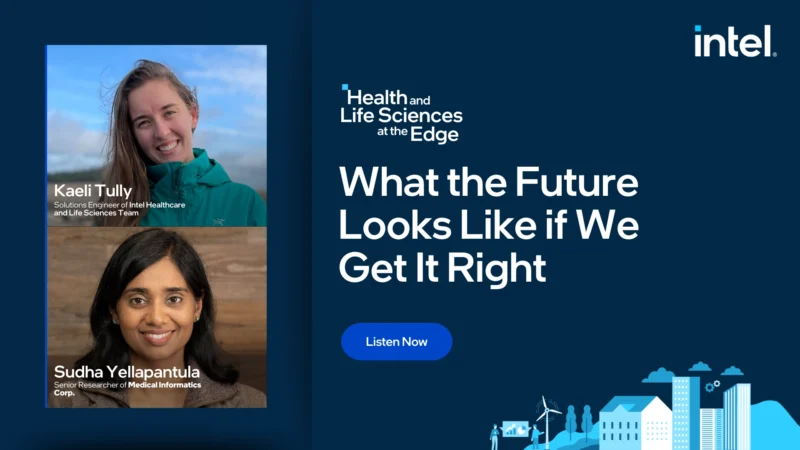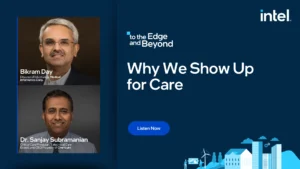How the American Heart Association Focuses on the Entire Cardiovascular System
This week on I Don’t Care with Kevin Stevenson, he sits down with Michelle Stoddard and Dr. Abe DeAnda to discuss how the American Heart Association goes past just cardiac care and how the organization aims to work closely within their local communities.
While the heart may be at the well, heart of what the American Heart Association does, this prestigious pillar of the medical pillar works tirelessly to protect so much more than our hearts. According to Dr. Abe DeAnda, Professor and Chief, Cardiovascular and Thoracic Surgery at the American Heart Association at UTMB in Galveston, the research they do at the American Heart Association benefits the entire body. “It’s not just the heart, it’s cardiovascular. So it’s your vessels, including your cerebral vascular vessels. So every bit of research that occurs, is going to be anything that has a blood vessel, alright so not just your heart,” Dr. DeAnda said.
He went on to explain that the heart affects the aorta, peripheral vascular system, legs, kidneys, essentially everything in the body. “When you have claudication, when it hurts to walk, or you have poor perfusion. It’s going to be your kidneys, when you’re not getting enough blood to your kidneys, it’s gonna be your brain when you have a stroke or you have some type of other cerebrovascular disease,” Dr. DeAnda explained.
Another image associated with the name of the association is that they do work that is felt only on a domestic level, but their work truly does have a global impact. “So if you can imagine an organization that’s funding that, it’s a big organization, right. It has to be, it’s your whole body and it’s dealing with the diseases that kill a lot of people in this country and worldwide. The other, I don’t want to really call it a misnomer, but the American part, this is worldwide. This is international,” Dr. DeAnda stated.









